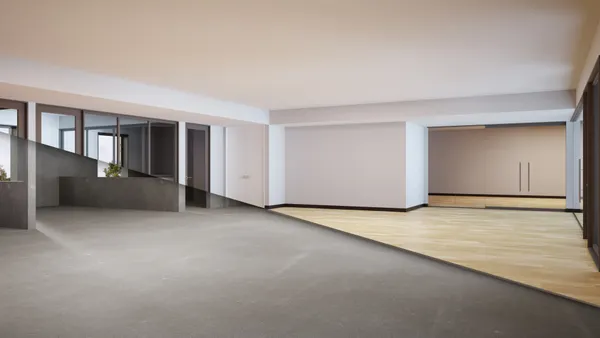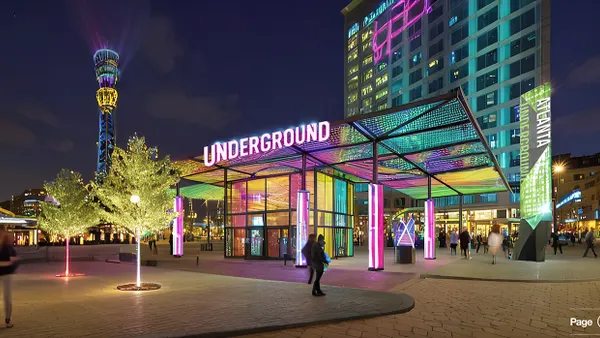Cities for years have pursued paths to reduce buildings’ reliance on fossil fuels. That has included bans on gas-powered new construction, policies requiring large buildings to drive down greenhouse gas emissions over time and commitments to decarbonize public buildings.
However, a newer perspective on building decarbonization is emerging among policymakers and climate advocates: neighborhood-scale decarbonization. This approach involves planning to transition entire neighborhoods off the natural gas system at once, either through electrification or developing thermal energy networks, allowing the gas pipeline to be decommissioned.
Some such projects are underway in the U.S., but they still present a learning curve for utilities and cities. Research and advocacy groups are publishing resources to help leaders understand why and how to get started on these projects, while some states are looking at policies to encourage neighborhood-scale decarbonization.
Below is a collection of six Smart Cities Dive stories detailing the movement thus far.













